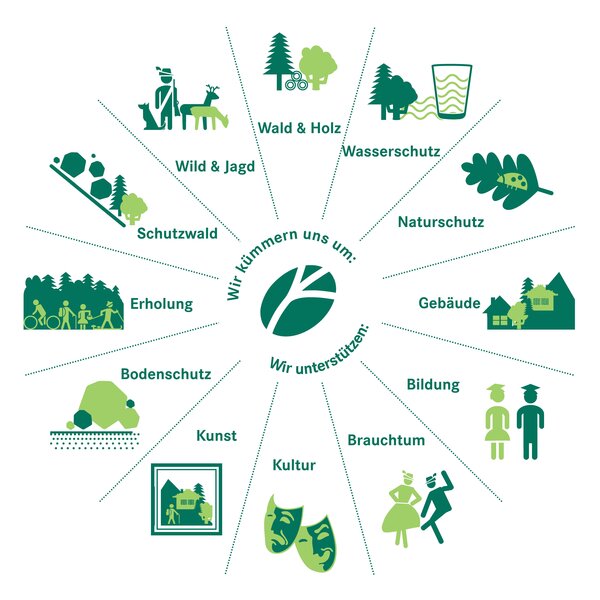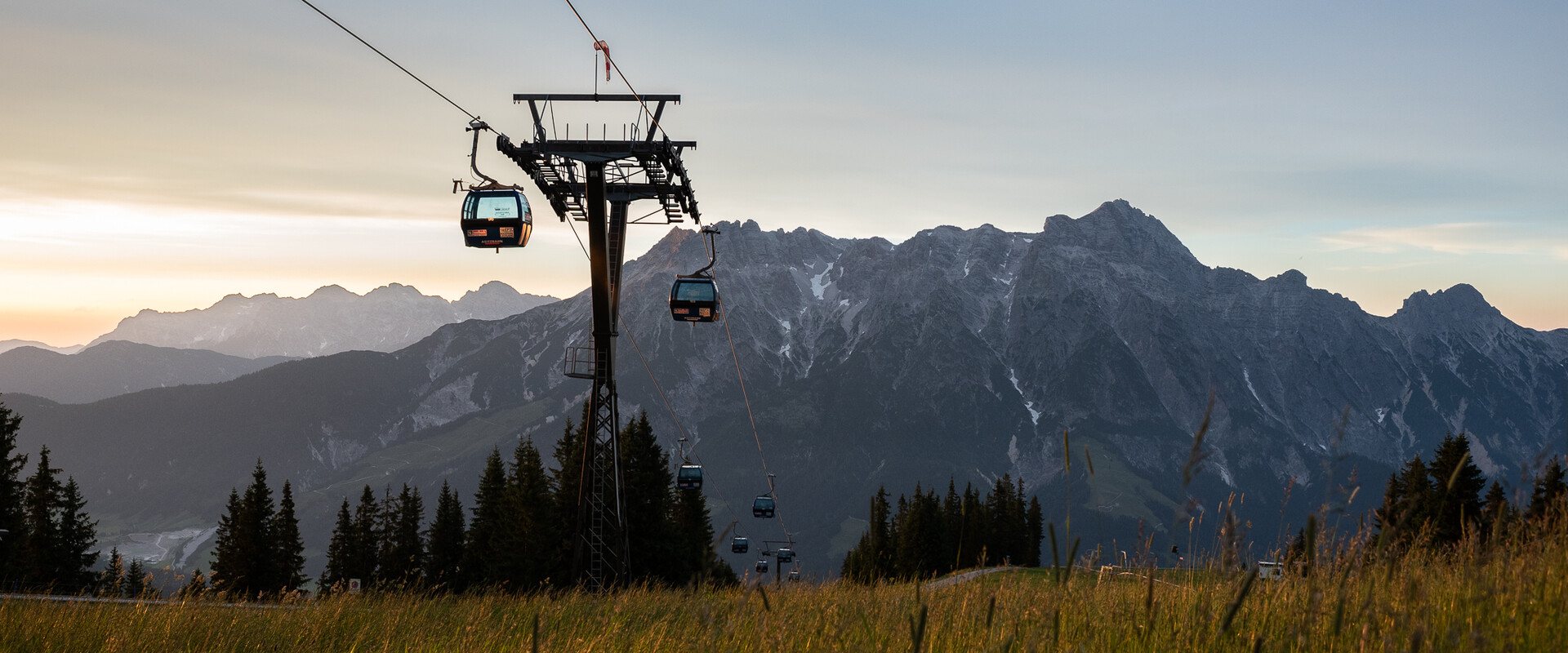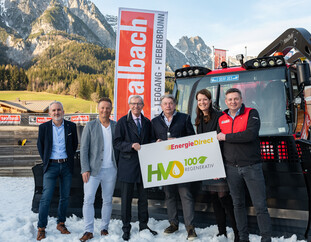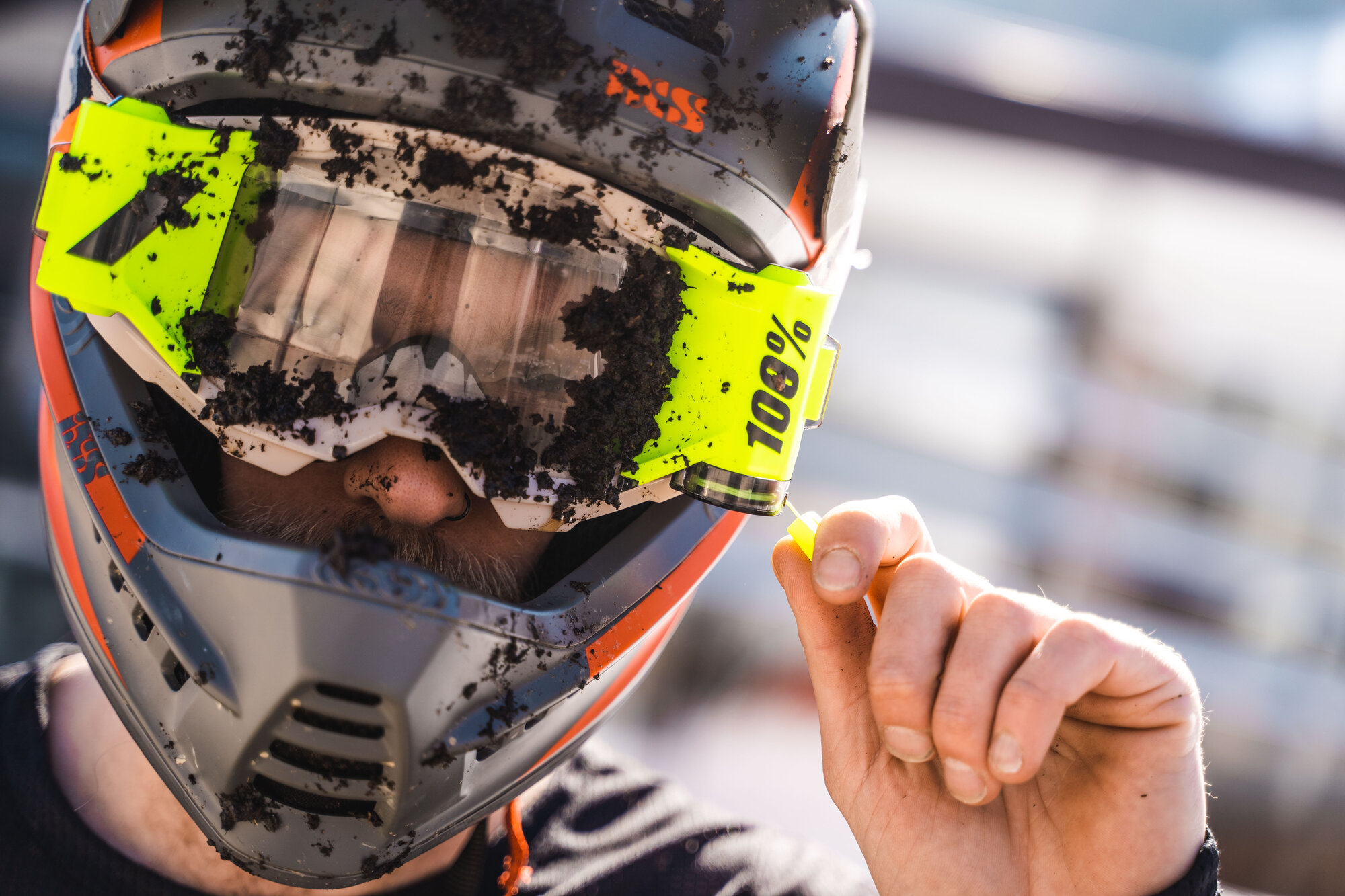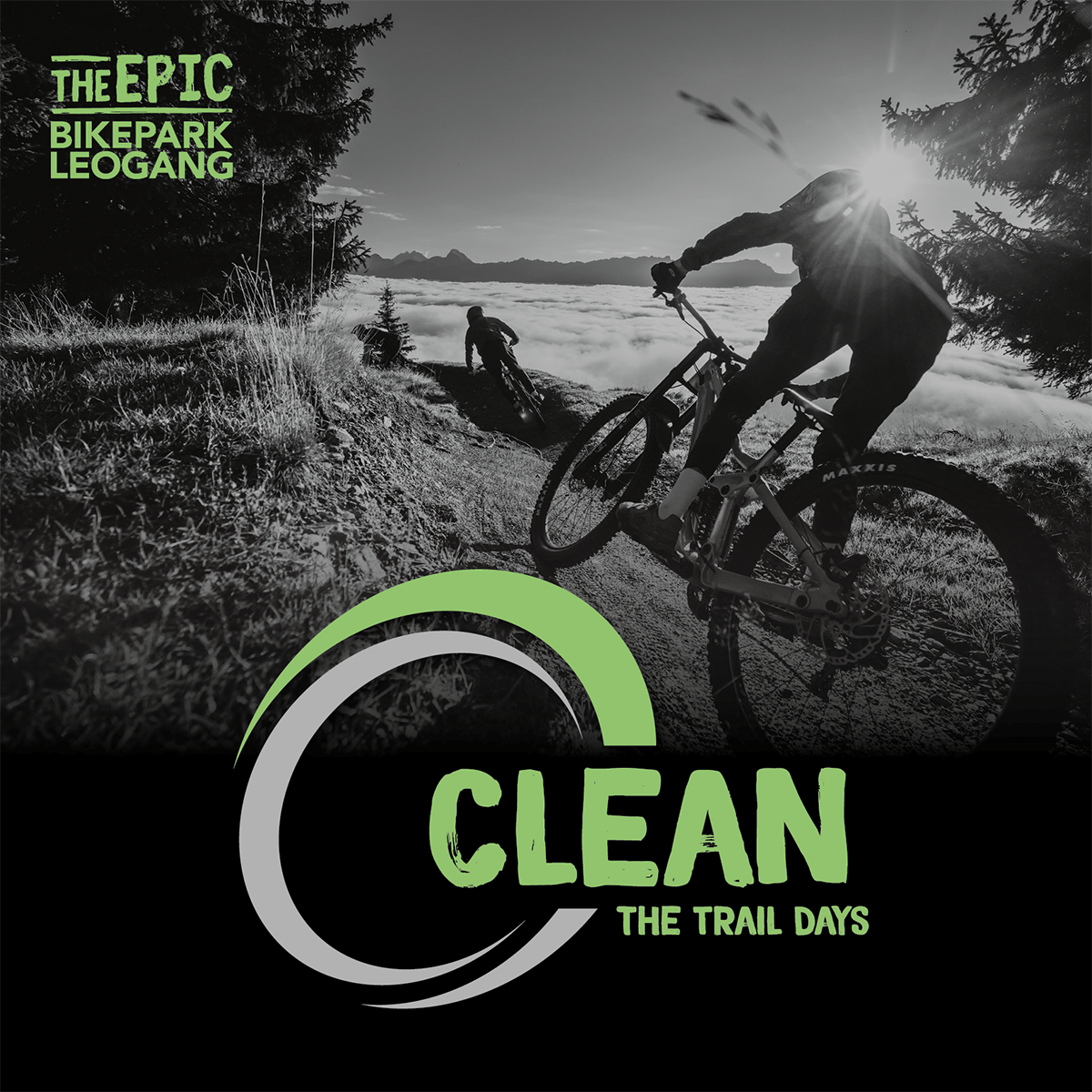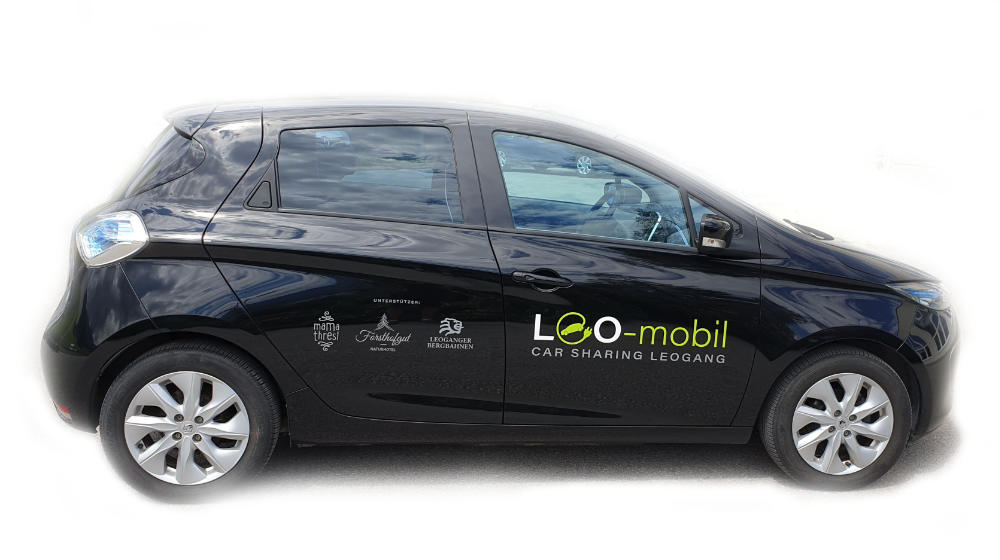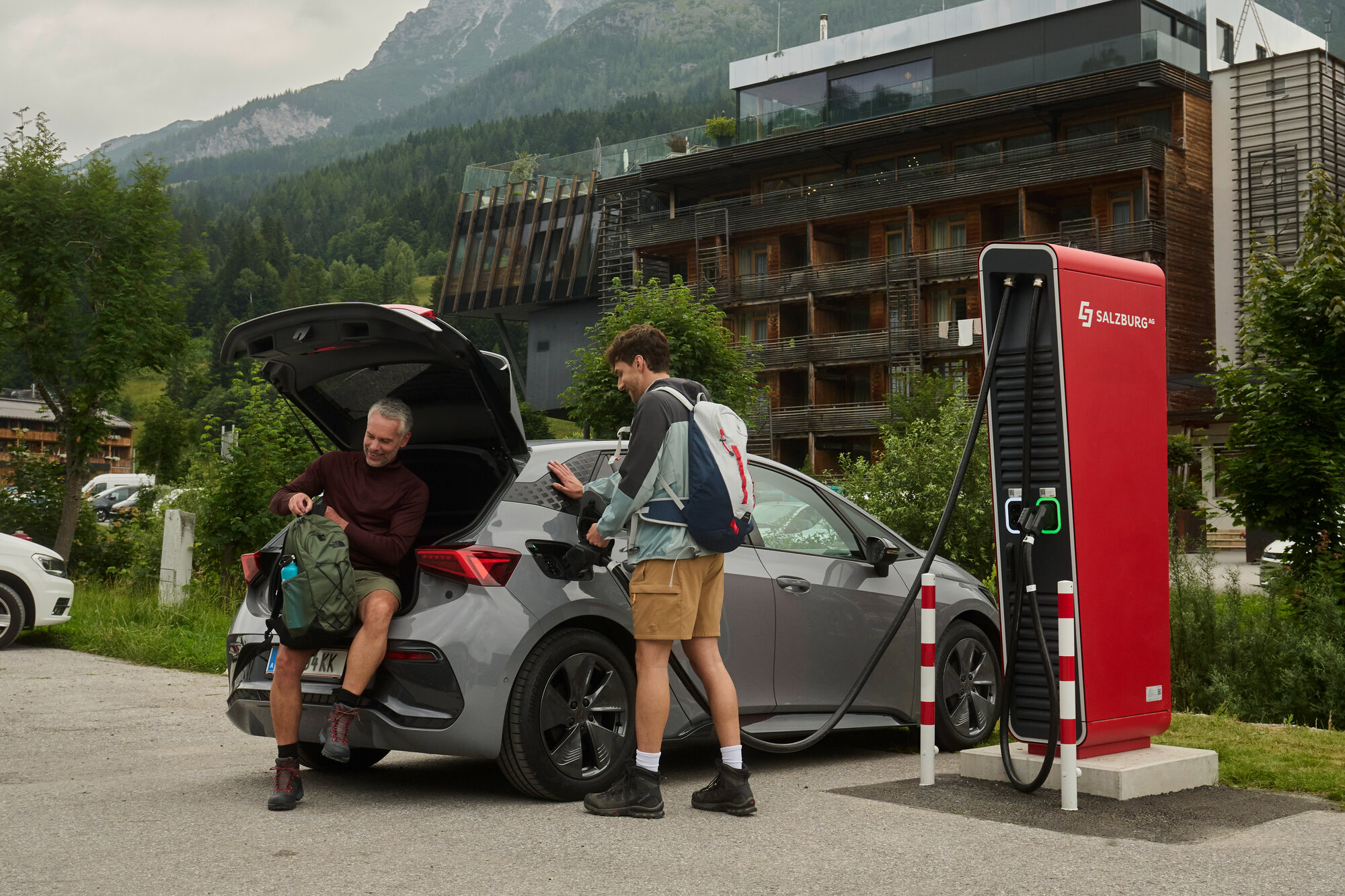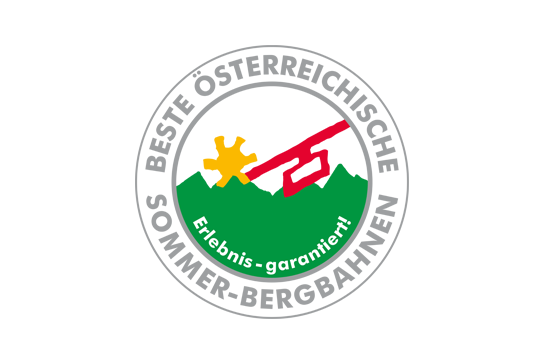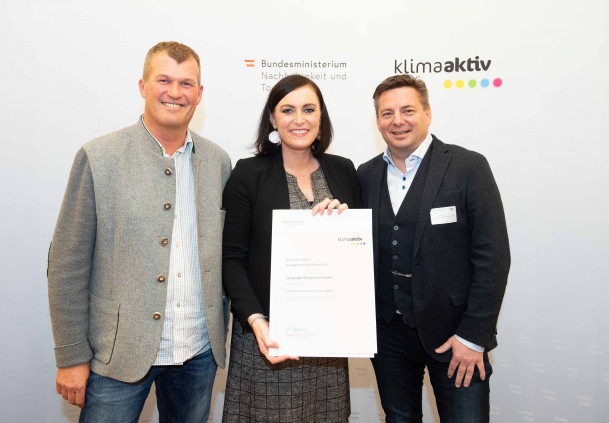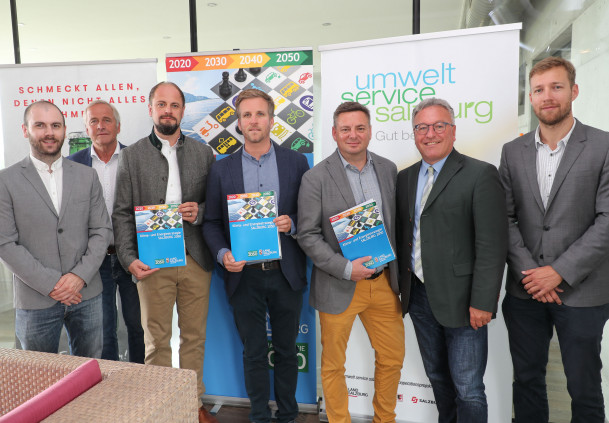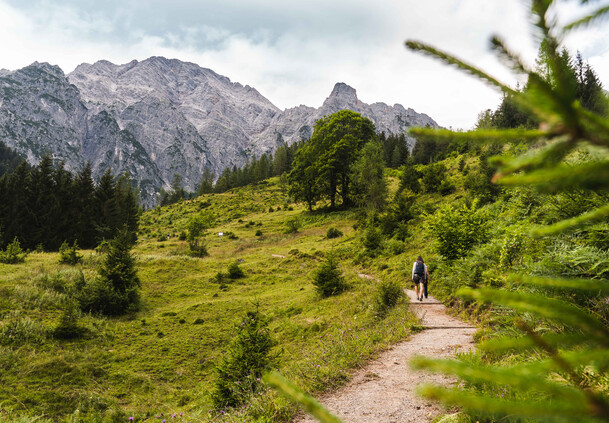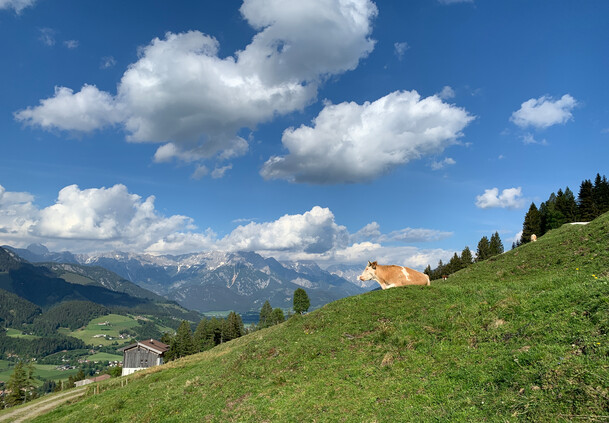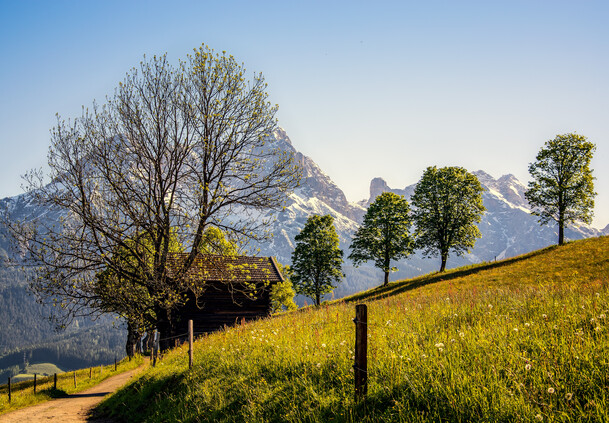The Bavarian “Saalforests” - St. Martin Forestry – Bavarian State Forests
The "Saalforste" is the name given to the Bavarian forests in Salzburg's Pinzgau region, which were once used for salt production in the Bad Reichenhall salt works. The wood was floated down the Saalach river and used for the boiling of salt in Reichenhall. The Bavarian Saalforests are a special feature of the Bavarian State Forests, as they are located in Austria.
As early as 1228, there was an agreement "wood for salt" between the Archbishop of Salzburg and the Duke of Bavaria and subsequently various other treaties. Most recently, the "Salt Works Convention" of 1829 - renewed in 1957 with the oldest state treaty still in force in Europe - regulated the following: "The Royal Bavarian Government is authorised to fell, harvest or export the sustainable timber yield of all its Saalforests without exception of any type of wood; to sell unmilled wood..." At the same time, in 1829/1957 Salzburg's salt mining on Berchtesgaden territory was regulated:
(Excerpt from the Salt Works Convention 1st Section, Art. 1) "... A mining area of the Hallein am Dürrnberg salt works has been designated to The Republic of Austria for the operation of salt mines on Bavarian territory..." "The Free State of Bavaria retains irrevocable ownership...
(List of land owned by Saalforest areas at the time of entry into force of the 1957 Convention)..."
The forests of the forestry company stretch between the Berchtesgaden High Alps in the east and the Chiemgau Mountains in the north to the central Alpine areas in Leogang in the south. The Bavarian State Forests maintain the forests according to the principle of "sustainable management". In times of climate change, the aim of the forestry operation is to create mixed mountain forests with a mix of tree species. These guarantee that three central tasks of the forestry operation are kept in balance: Firstly, the forest should be maintained in an exemplary manner and the habitat of rare animal and plant species should be protected and preserved. Secondly, the forest is for the people; for recreation and as a workplace for its own employees and workers in rural areas. Thirdly, the forestry operation of the Bavarian State Forests should be economically successful.
Some key forestry operation data
- Employees: 30
- Annual logging: 50,000 solid cubic metres
- Game hunted on around 15,300 hectares: 380 roe deer, 160 chamois, 130 red deer
Use – Protect – Recover:
Forestry makes a significant contribution to the value of the region through sustainable use of wood and its sale and use in the region.
Around 2/3 of the Saalforstwald forests are protected forests, which are extremely important for soil protection, water retention, avalanche protection and high-quality drinking water.
In the Leogang district, in close collaboration with the Leogang lift company and the tourism association, tourist use is also made possible on forestry land in addition to the core businesses of forestry and hunting and grazing rights. This means multiple use with mutual consideration in summer and winter on the slopes, with numerous downhill routes and forest tracks open to cyclists and numerous hiking trails.
The coniferous forests, which originate from the salt industry, consist mainly of spruce, fir and larch. The beech tree species was more common 1000 years ago, but as heavy wood it was problematic to transport it far and it burnt at too high a temperature for the brewing pans in Bad Reichenhall, where the salt was boiled.
In times of climate change, the Bavarian Saalforests are now once again introducing many mixed tree species, such as beech for example, in the make up of their forest stock as the average annual temperature in the region has increased by a good 2 degrees Celsius in the last 100 years and mixed forests are more stable and resistant than pure coniferous ones.
Company organisation: 1 forest manager, 1 service point manager, 4 employees in the office, 5 district managers (foresters), 2 professional hunters, 15 forest workers, 2 forestry masters
